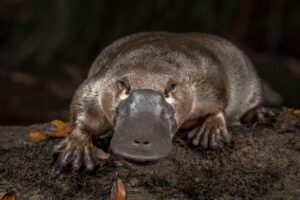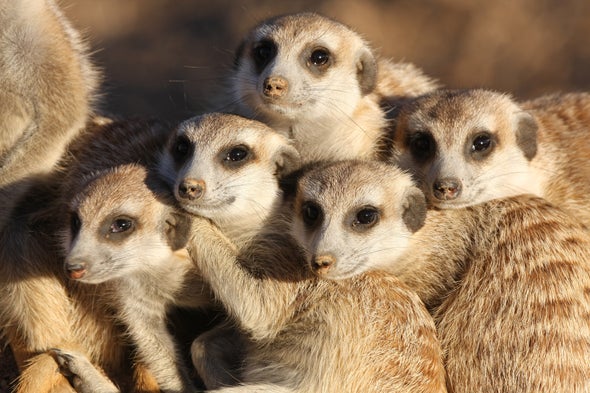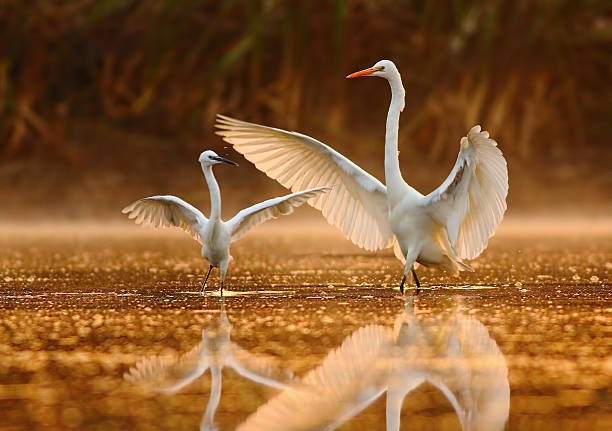Short-beaked echidna
INTRODUCTION
Hi, I am a Short-beaked echidna, also known as a spiny anteater. our group in classification is also termed as monotreme which means one hole. this term is given because our digestive, urinary, and reproductive tracks open in the same chamber. My spines are longer than our fur. I am active all day and night. we are solitary and can become torpid in all sorts of temperatures. we can work efficiently even in temperatures as low as 4°C. Our favorite food is ants, termites, grubs, and worms. Our sense of smell is very strong and with the help of our sensors present on the long snout aid, we detect our food by sending electric signals to the brain. we eat the food by capturing it with our sticky tongues. life wouldn’t have been easy if we didn’t have strong sharp-clawed front limbs to dig in the soil to find those delicacies underground. Our head is small with small eyes that help me see day and night. there is no discernible neck which makes our body looks round. we have a long cylindrical snout
- AVG. READING TIME: 6 MINUTES
- UPDATE: 04/10/2022
DIET : It eats a variety of ants, termites, grubs, and worms
HABITAT : Temperate forest, including woodland. Desert and semi-desert. Open habitats, including grassland, moor, heath, savanna, fields, scrub
SOCIAL UNIT : Individual
LOCATIONS : Australia. (including Tasmania) New Guinea.
STATUS / POPULATION : Least Concern (IUCN) Low-risk category that includes widespread and common species / Although there are estimated to be as many as 10,000 mature individuals
MAMMALS: EGG-LAYING
KEY FACTS

SCIENTIFIC CLASSIFICATION
Kingdom – Animalia
Phylum – Chordate
Class – Mammals
Order – Monotremata
Family – Tachyglossidae
Genus – Tachyglossus
Genus Species – Tachyglossus aculeatus
INTERESTING FACTS
1- They are egg-laying mammals
2- They have toothless jaws
3- Their body temperature is the second lowest out of all mammals
4- Echidna’s maximum speed is 2.3 kilometers per hour
5- They stay in the pouch for 7 weeks
6- Echidna’s curl up into a ball when they become frightened
7- They are ecosystem engineers
-
CALLING NAMES / SCIENTIFIC NAME
Calling name: Short-beaked echidna, miɣu , spiny anteater
Scientific Name: Tachyglossus aculeatus -
COLOUR VARIATIONS
Reddish (honey) to dark brown colour
Insulation is provided by fur between the spines, which ranges in colour from honey to a dark reddish-brown and even black -
LIFE SPAN : CAPTIVITY / WILD
Captivity: 45 - 50 years
Wild: 42 - 48 years -
APPROXIMATE SIZE : LENGTH / HEIGHT
Length: 30 - 45cm (12 - 18 inches)
Height: 8 - 12 inches -
TAIL
Approximately 1 cm (3/8 inches)
-
WEIGHT
2.5 - 7kg (5.5 - 15 lb)
-
MIGRATION
They do not migrate to other places
-
SEX IDENTIFICATION
Male: Through DNA
Female: Through DNA
Echidna have internal reproductive organs. This in why male or female cannot be differentiated by simply looking at them. They have no gender-specific features -
BREEDING SEASON
June till August in Australia
-
REPRODUCTION / GESTATION PERIOD
Reproduction: Once a year
Gestation period: It takes 21 to 28 days for the baby to grow up -
CLUTCH / LITTER SIZE
Lay a single egg
-
SIMILAR SPECIES
Long-beaked Echidna
-
LOOK A LIKE
Long-beaked Echidna, Hedgehog, Porcupine
-
FARM ANIMAL
No
-
FOUNDED IN / DISCOVERED
The earliest fossils of the short-beaked echidna date back around 15 million years ago. The short-beaked echidna was first discovered by George Shaw in 1792AD
-
ORIGIN
The species can be found throughout Australia, where it is the most widespread native mammal including coastal and highland regions of eastern New Guinea
-
DISTRIBUTION
New Guinea and northeastern Australia
-
OCCURRENCE
Families: 2
Species: 5 -
FUEL FOR LIFE / TROPHIC LEVEL
Carnivorous
-
SIGNS / MARKS
One of the best signs that an echidna is about is the mark they make with their snout in soft sand and soil when they're searching for food, a small triangular furrow with a round hole at its apex. Also they have distinctive cylindrical blunt ended scats (faeces), about the size of human's small finger
-
PREDATORS
Dingoes, goannas, snakes, cats, eagles, foxes and Tasmanian devil
-
AVAILABLITY IN ZOO / MUSEUM
Today, U.S. zoos have 28 short-beaked echidnas in 11 zoos, and according to the Association of Zoos and Aquariums.
Zoo Name: Taronga Zoo, Australia, from 11 Zoo -
TO HUMANS
Echidnas are not dangerous
-
AS A PET
Not recommended
-
KIDS FAVOURITE
No




